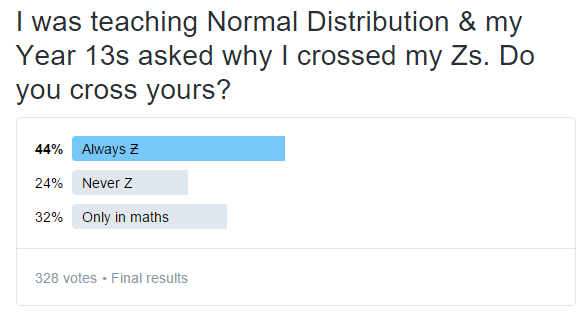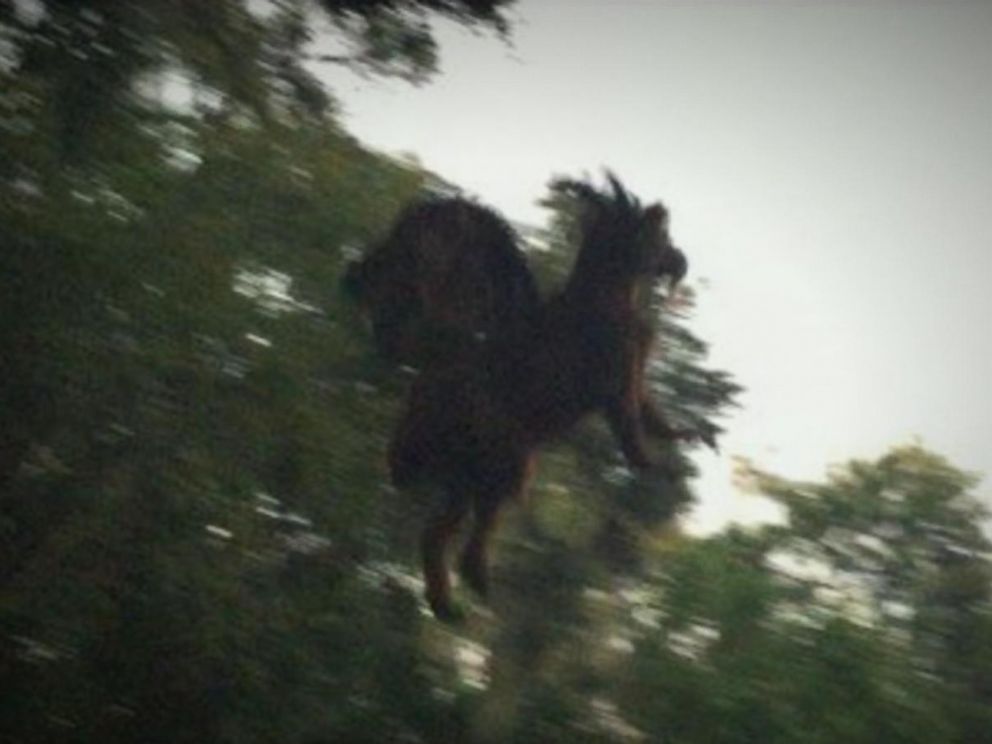This book by John Brockman is a collection of answers to one main question: "what scientific idea is ready for retirement?" Each short essay is written by a highly respected member of their respective field, which ranged from philosophy to physics and back again to finance. Each describes an idea within their community that, in their eyes, prevents advancement. In our years on this earth, humans have learned many new ideas through the pursuit of truth called science. However, we have become stuck in some of our ways. We haven't always gotten everything right, and trying to build on a foundational idea that isn't necessarily true means that any conclusions draw from it are inherently at least partially false. While rejecting long-standing scientific truths may sound counter intuitive to progress, in some instances it must be done in order to remove them as an obstacle for true growth.
The one entry that stuck out to me was titled "Simplicity" by A. C. Grayling. It discussed how the process decided which of two hypotheses is chosen, when they both explain the same phenomenon. Essentially, whichever hypothesis is "simpler" wins. Now this seems like a good idea, simpler is easier to understand and more accessible. On the other hand, simple is subjective. How "simple" a hypothesis can be based on how nicely it is worded, the conciseness, the elegance of the words used. He says, that simply the aesthetic value of a hypothesis doesn't actually add any scientific weight to it and does not make it inherently better than the other.
This made me think of how in the lecture the simplest explanation, that Uri Gellar simply held magic powers and was using the power of his mind, was far from the truth. In actuality they were putting much preparation into their tricks beforehand, such as tampering with the spoon to just the perfect point of weakness, where his illusion would work. I really admired the commitment to the truth that James Randi held, using most of his time and money to fight lawsuits because he believed in spreading the truth that firmly.
Below is a video describing the ending of the movie The Prestige. If you haven't seen it, I highly recommend it; it is very engaging. This video does spoil the end of the movie, which follows a duo of magicians as they go from partners to rival acts, and the extents to which they go to pull off their acts. Throughout the movie they pull off a number of very impressive tricks, where the audience forms the "simplest" hypothesis to what occurred on stage, when the actual mechanics to pulling off such a feat is much more involved. This movie captured not just my imagination, watching the amazing tricks, but also my more critical scientific part of my mind in the mechanics that go on behind the scenes. It not only reminded me or Uri Gellar and his tricks but also really exemplifies how the "simple" answer isn't always the truth.

















